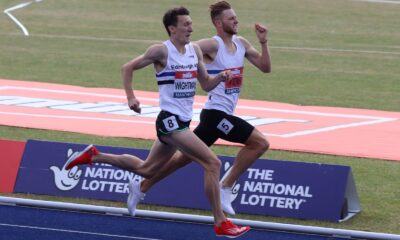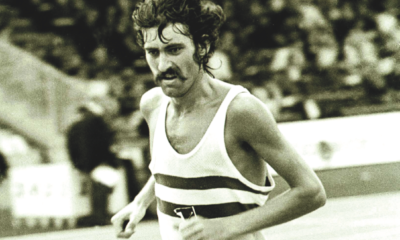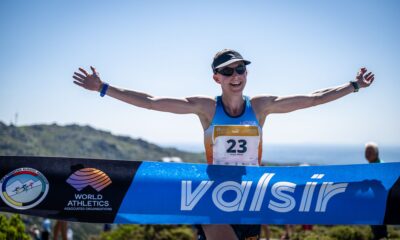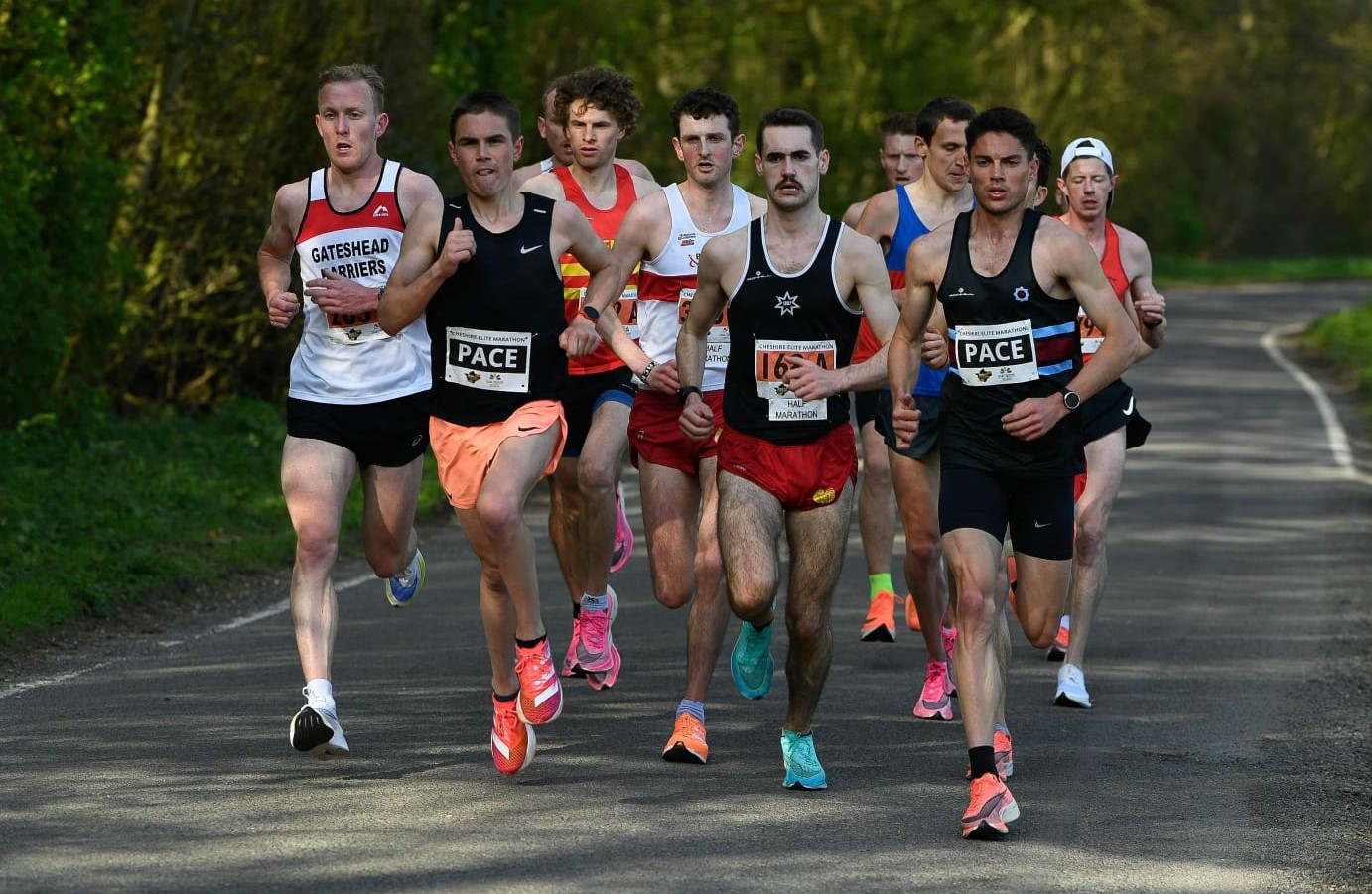
In the final piece in our series, James Thie talks specifically to Matt Long about starting the marathon journey with 2h11m debut man Jake Smith.
Thus far in our series on the work of the esteemed Italian coach Renato Canova we have explored three facets of his training- namely (1) Progression Running- through the eyes of Vince Wilson who works with Team GBs Sam Harrison; (2) Special Blocking- as interpreted by Phil Kissi in his coaching of Tokyo Olympian Steph Davis and Team England’s Rose Harvey; (3) Variational and Fractional Running as effected by Rio Olympian and former world record holder for 50km, Aly Dixon.
This final piece explores what Canova (1999) termed ‘Specific Endurance Repetition Runs’.
Specific Endurance Repetition Runs
For Canova (1999) the speed of the repetition runs should be at marathon speed with float recoveries being effected which are not too far removed from this pace. He provides a binary distinction between (a) Extensive Specific Endurance and (b) Intensive Specific Endurance work, the former being characterised typically by a relatively lower volume of longer repetitions and the latter ordinarily involving a higher volume of repetitions over much shorter distances.
Extensive and Intensive Work
As an example of the Extensive mode, Canova (1999) cites the training of Gelindo Bordin, in the weeks before he won the marathon gold medal at the 1988 Seoul Olympics.
Bordin ran 3 x 7000m between 20m32 and 20m57s with his two 1000m float recoveries averaging 3m09s. The value of this session is that when both repetitions and float recoveries are aggregated we have a session of whose total volume exceeds 14 miles and whose average speed of 2m59s per km would see the athlete home in 2h05 mins if effected for the full 26.2 miles.
The Italian sported a lifetime personal best of 2h08 mins which would be set two years after his greatest triumph in South Korea.
To highlight the value of the Intensive mode of this type of work, Canova (1999) cites the training of 2004 Athens Olympic champion, Stefano Baldini, from earlier in his career.
Several weeks before the Italian ran 2hr07m57s to place 2nd in the London marathon in 1997, he ran a session of 10 x 1000m averaging 2m53s for the reps, with float recoveries effected in a shad over 3 mins. As with the example of Bordin, cited above, Baldini’s pace if effected over the full 26.2 miles would also brought him home in 2hr05mins.
Extensive and intensive adaptations
The Director of Athletics at Cardiff Met University clearly leans towards seeing the utility of what Canova (1999) framed as Extensive Specific Endurance work. He explains that, “I think what Jake Smith and I have found is that longer tempos and also pacing races has provided a good opportunity for longer sustained efforts at marathon pace. Even with the unplanned one, where Jake won the Cheshire Elite Marathon in April last year, it showed us that there are lots of ways to approach the marathon”.
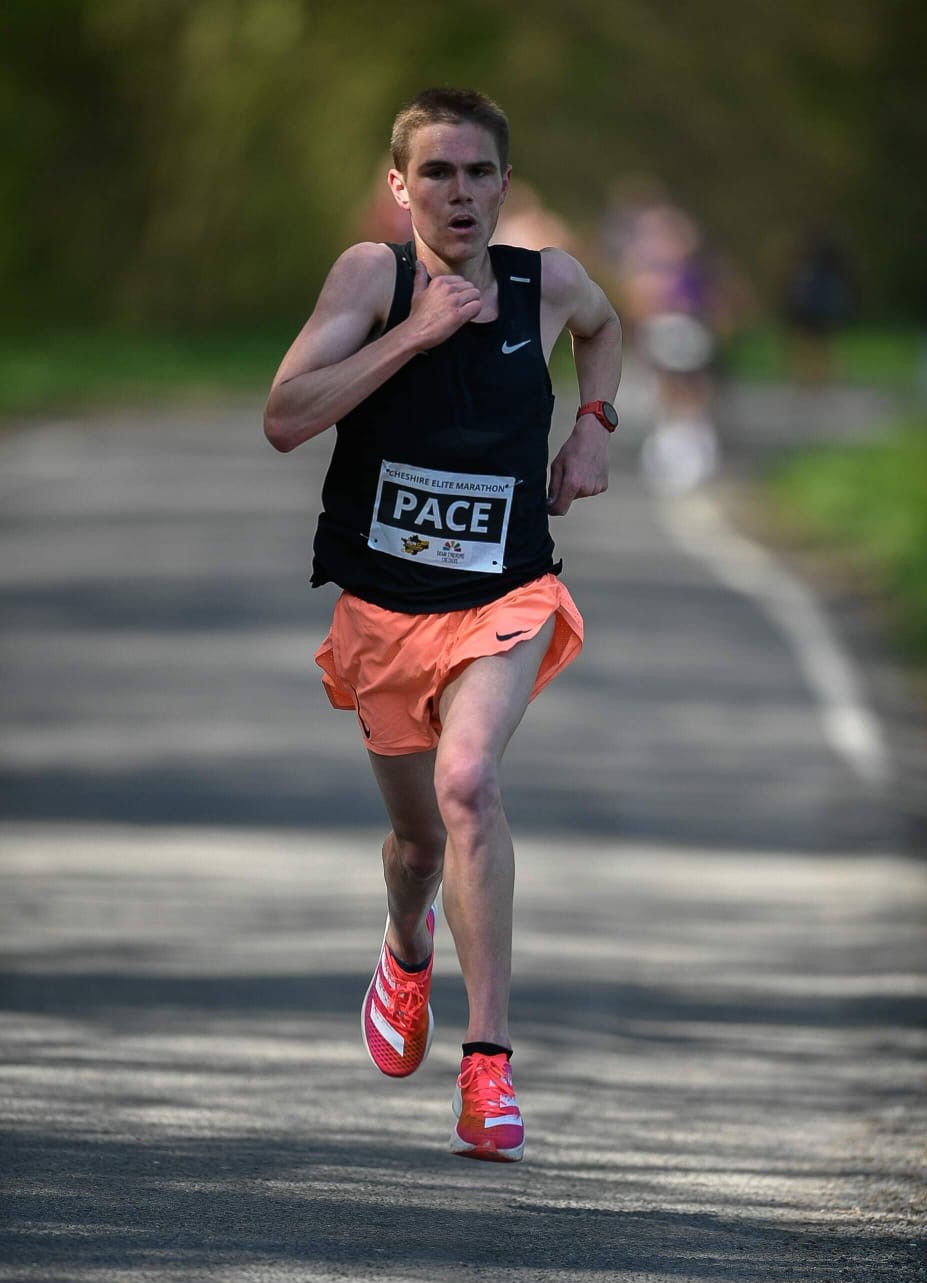
The coaches reading know that most athletes won’t always follow the plan exactly… Credit: Mick Hall
Goal pace
Hutchison (2015) reminded us that it was perhaps the late great Bill Bowerman, with his guidance of American legend Steve Prefontaine, who did most to inculcate the notion of ‘goal pace’ (as distinct from ‘date pace’) into coaching discourses.
This is something which James Thie, who placed 4th in the 1500m at the World Indoor championships in 2005, maintains is at the heart of Canova’s philosophy. The Welshman asserts that, “There is though with every distance, a time and place that you need to run at ‘goal pace’ as physically and mentally you need to know what it feels like on good and bad days!”.
With specific regard to Jake Smith, who owns a half marathon PB of 60:31s from the 2020 World HM championships, he continues that, “Remember we haven’t specifically targeted the marathon yet but I’ve reflected that longer work of between 8-13 miles in total volume has helped when pacing 21-30km and allowed Jake to come away with 2hr11m00s marathon debut off minimal preparation”.
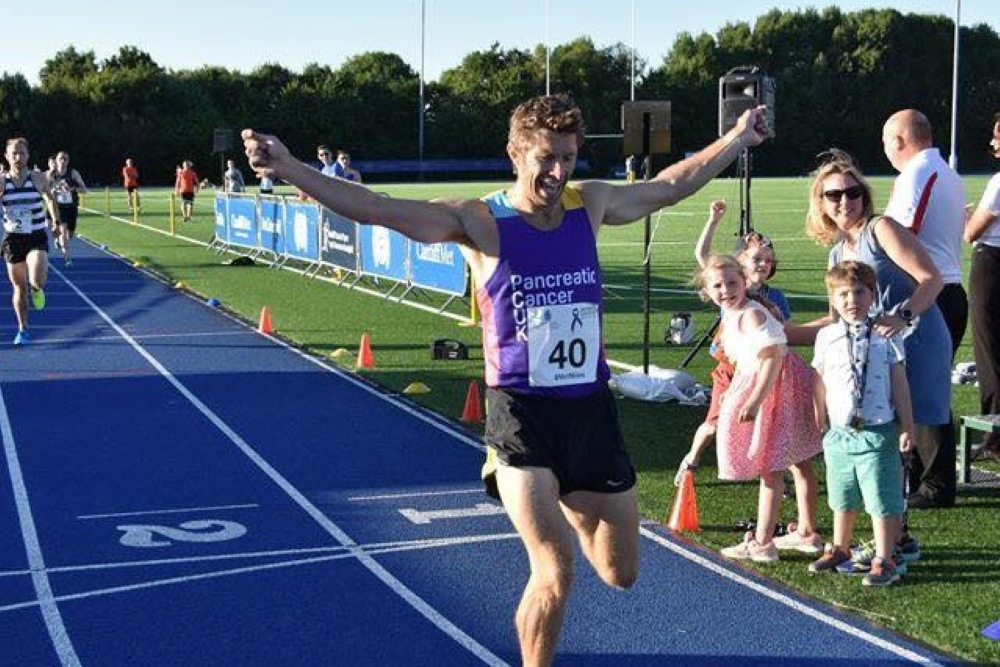 Pace making to learn the art of goal pace
Pace making to learn the art of goal pace
As well as the use of extensive and intensive specific endurance work, the man who has bagged multiple world masters titles between 800m and 3000m points out that, “Lots of good marathon runners have started off as pacers- such as Geoffrey Kamworor for example”.
The Kenyan is a former world record holder of course for the half marathon and bagged three consecutive titles at the biennial World Half Marathon championships between 2014 and 2018 and clearly used the half marathon as a bridging distance en route to his two New York City Marathon wins in 2017 and 2019. Last year he lowered his PB to 2hr05m23s.
Thie, who served on the team staff at December’s European cross country championships in Dublin, believes this kind of trend may be followed domestically. He enthuses that, “It’s been good to see the London Marathon recently use various athletes for the experience and will be interesting to see what they do when or if they step up”.
He cites 2021 Great North Run winner, Marc Scott and runner up Eilish McColgan as potential future examples of this phenomenon.
The above leaves us with the following questions for self-reflection
1. What place is there in my macrocycle of training to effect Specific Endurance Repetition Runs?
2. How can I make adaptations to Canova’s principles of Extensive and Intensive specific runs can I make which will suit my schedule?
3. When can I use races which are shorter than my target race to learn to habituate goal pace?
James Thie can be followed through @TeamThie and Matt Long has served as both an England Team Manager and Coach and welcomes contact for coaching support at mattlongcoach@gmail.com
References
Arceli, E. and Canova, R. (1999) ‘IAF Marathon Training. A Scientific Approach’. International Athletic Foundation.
Hutchison, A. (2015) ‘Progress form today speed to target speed’. Runners World. 03/09.












